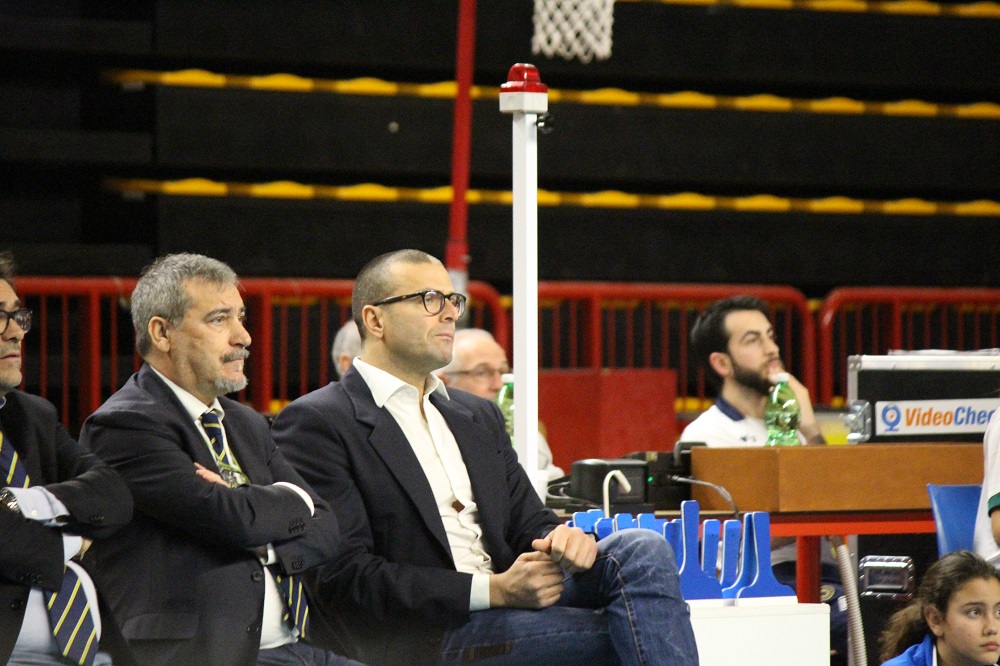Last Friday, January 19th, owners of the 14 teams in the Italian SuperLega met to discuss the future of their league. One of the results of the discussions was the decision to reinstate a system of relegation between the SuperLega and Serie A2. Starting in the 2018-2019 season, the two teams with the fewest ranking points in the SuperLega will play their next season in Serie A2. Likewise, the two top performing teams in Serie A2 will be invited to join the major league.
North American fans may be unfamiliar with the concept of relegation, which is common in soccer as a means for smaller clubs to rise through the ranks and attempts to turn leagues into more of a meritocracy. The difference between competing in the first and second division in a sport’s league can be huge in prestige. Just think of how many teams the average fan can name in the English Football League, the second division of the Premier League. Relegation can raise the stakes exponentially at the end of a season for teams in the bottom of the top division and the top of the second division. Detractors mainly come from organizations, who complain that the system can cause a club’s decision horizon to be artificially short.
Regulation was removed 4 years ago from the league as sponsors wanted security that their investment would not lose their worth in an uncertain economic climate. Italy had been slower than many other EU economies to recover from the 2008 financial crisis but is now in much better economic shape, creating a safer environment for investors and sponsors. SuperLega president Paolo de Micheli emphasized that due to innovative practices such as online streaming of all games and the video check system, the league is in a strong financial position and can afford to have two teams rotate leagues every year.
However, even if the league as a whole is financially sound, individual teams may have trouble forking up the 400,000 euro fee that comes with moving up into the SuperLega. Many of the clubs competing in Serie A2 are located in small towns of less than 100,000 people, whose entire payroll may be less than the league fee. Cynics will point to cases like Molfetta, who had to fold their team after several successful seasons after they couldn’t keep up with the demands associated with competing in the SuperLega, such as maintaining a certain arena capacity.
It is not a great time to be a fan of BCC Castellana Grotte or Biosi Indexa Sora, who would be relegated this season if it were implemented, and are in fear of losing their coveted SuperLega spots if they do not improve their rosters.

Leave a Reply